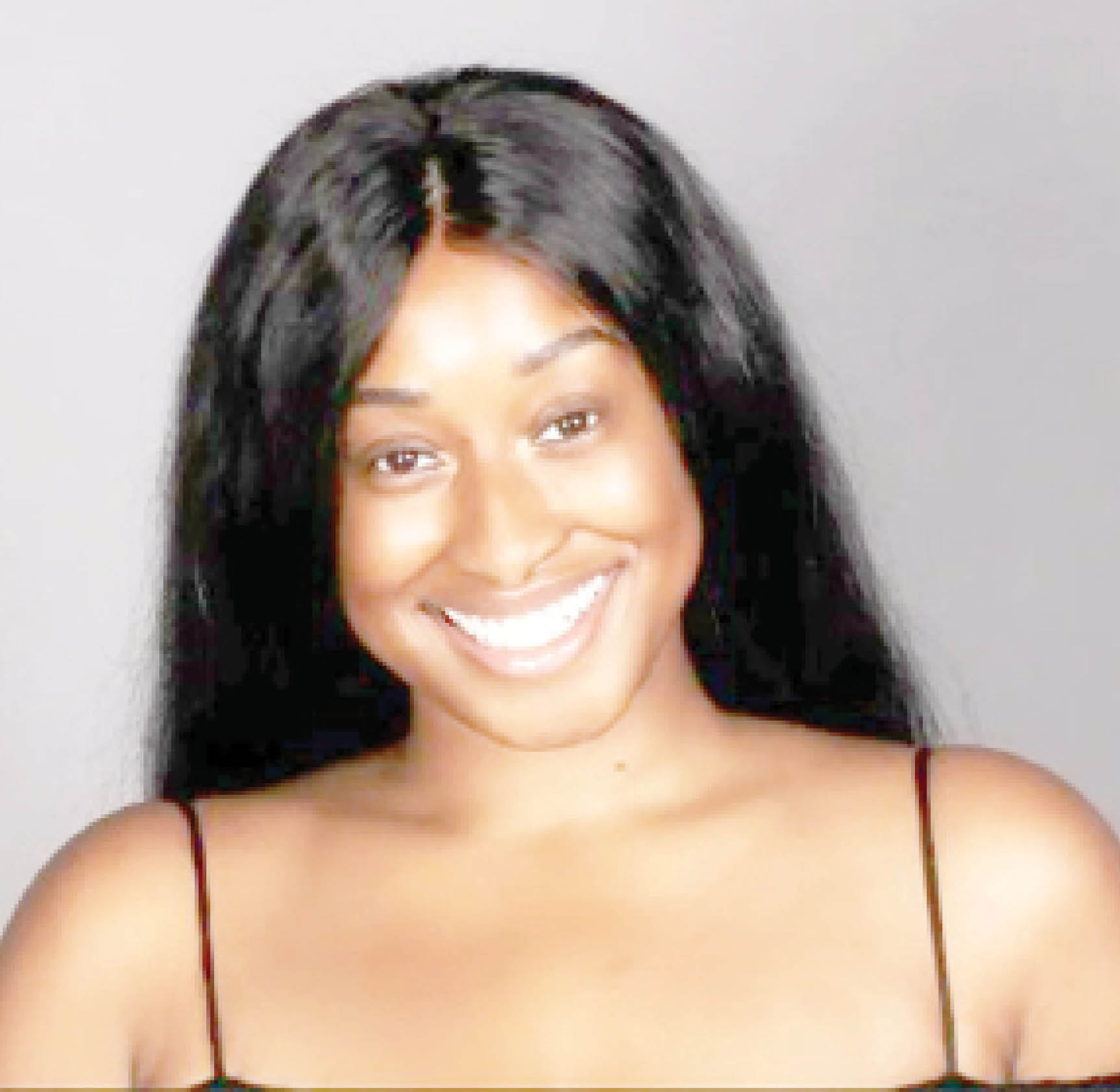Lizzy Aroloye is a Nigerian-Canadian multidisciplinary artist with a drive to stay curious in the world of art. The 25-year-old self-taught artist and content creator’s creative journey began in her youth, and there’s no doubt that her artistic expressions of self-love, body positivity and nostalgia were welcomed companions throughout her formative years. She said much of her cultural experiences in her younger days were buried in confusion as she attempted to make sense of and marry her Nigerian heritage with the Canadian life she lived.” I lived with two cultures that clashed in ways that confused me. But, my mom’s decision to send me to Olashore International Boarding school in Nigeria gave me a perspective I hadn’t had before.” Aroloye’s time spent in her homeland Nigeria worked wonders in helping the artist find herself and her artistic voice. Now, with the influences and connection to Afro-futuristic expressions of art, the young creative’s voice is stronger than ever. Aroloye’s work is currently on exhibition as a part of a group show with Eye of the Huntress, hosted on SuperRare. She spoke about reaching cultural amalgamation, and maintaining a curious, versatile mind.
Describe your background as an artist and the journey you’ve taken to get it to where it is today.
I consider myself a self-taught multidisciplinary artist and have been for as long as I can remember. I was always drawing, building, moulding with clay, and creating things to keep myself entertained. As I grew up, I never really had the confidence to call myself an artist, but I never stopped creating.
What I aim to achieve with publication of my columns into a book – Kolawole
Looted Benin bronzes will go on show for one last time in Berlin
I attended the University of Toronto with the thought that I was going to pursue science, as encouraged by my mother. I quickly came to the realization that medicine was not for me and by the end of my second year, I transferred. I joined the CCIT (Communication, Culture, Information Technology) department and it was in these programs where I explored videography, photography, painting, design, web design and so much more. After graduating I took time to create and find my style, and later found NFTs through Clubhouse at the end of 2020, when I began using that technology to sell my art. 
What are the central themes in your work?
Some of the central themes that reoccur in my work are nostalgia, body positivity, and Afro-futurism. Being multi-disciplinary, I have many styles and mediums of work that all have their own unique look and feel – but they almost always fall into these themes.
How did you decide on ‘Digital art’ as your medium of choice?
I feel like my artistic process has always come from a place of curiosity. I started drawing with paper and pencil, then painting, then moulding sculptures, photography, and then digital illustrations. With each, I knew it would be important to document and start my digital art legacy as digital ownership and identity will become more pertinent in the years to come.
How has the pandemic affected you creatively?
The pandemic luckily impacted me positively — I was definitely excited to start new ventures after graduation, but these plans put my art in the back seat. I live in Canada and the government had strict lockdown restrictions, and, in that time, I created Bodied Art Form an umbrella company that houses all my creative endeavours. I also found NFTs during that time which allowed me to be very experimental and opened up an audience I didn’t have access to before.
Can you describe your artistic relationship with ‘Afro-futurism’?
Being part of the Nigerian diaspora and raised by a Nigerian mother, I’ve always found that I lived with two cultures that clashed in ways that confused me. But, my mom’s decision to send me to Olashore International Boarding school in Nigeria gave me a perspective I hadn’t had before. As I started to create, I found ways to merge my two experiences with traditional elements and western, ethereal space-like motifs. For instance, the piece “Gem” is a good example of this concept, I used myself as the subject and re-worked the piece with space-like motifs and edits.
Can you talk about your use of colours and accessories in your art?
The use of colours in my work varies from style to style. When I paint, I use mostly metallic acrylic colours because of the iridescent rich ‘vibe’ it creates, especially when creating POC. I minored in film studies and learned how historically, films failed to showcase POC accurately and ended up making them look dried out. I wanted to make sure that when representing POC, I’m doing the absolute most. I also like being experimental with colours in ways that seem out of the world. With my NFT collectible, the ‘EtherPuffs’ tend to be looser and use bolder, more vibrant colours. I also like to use textures such as cloth materials, jewel embroidery, and other art and craft materials in my work to give the pieces a dynamic look.
Culled from okayafrica.com

 Join Daily Trust WhatsApp Community For Quick Access To News and Happenings Around You.
Join Daily Trust WhatsApp Community For Quick Access To News and Happenings Around You.

